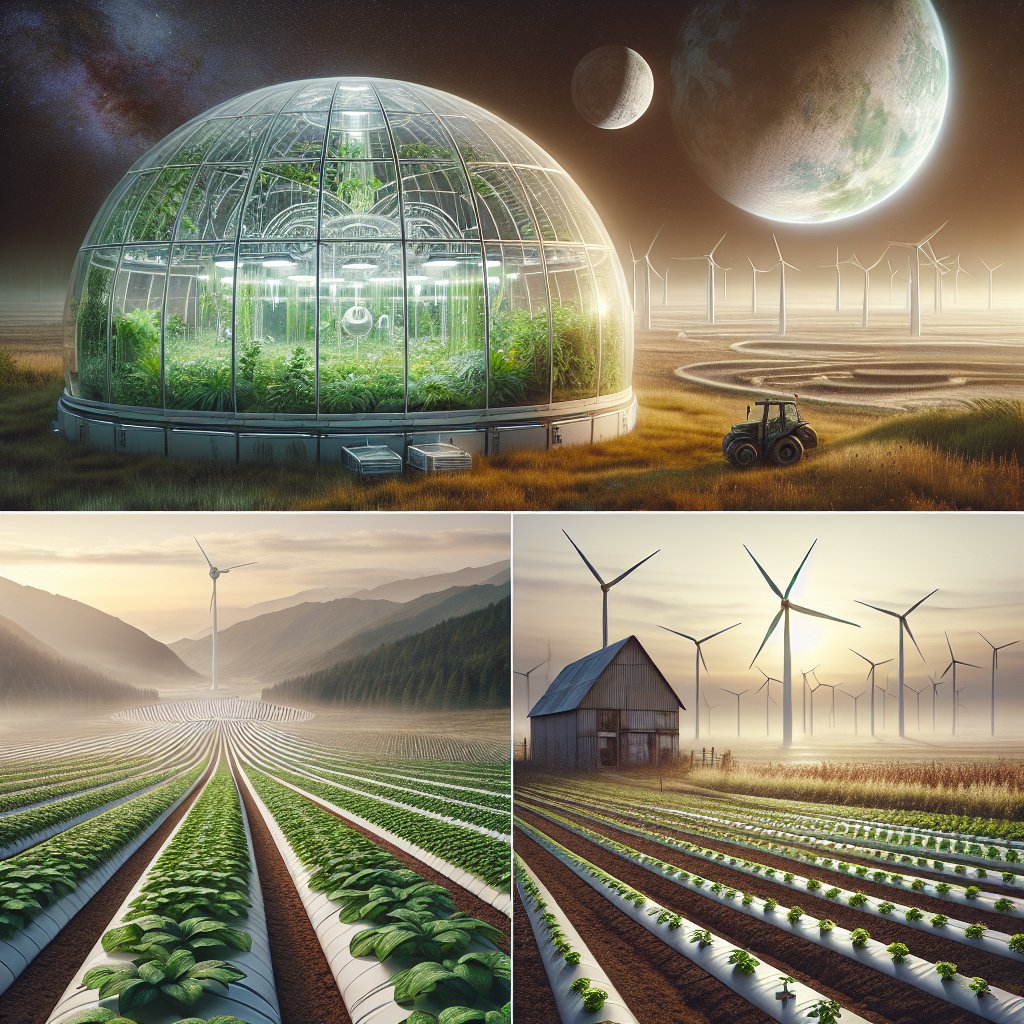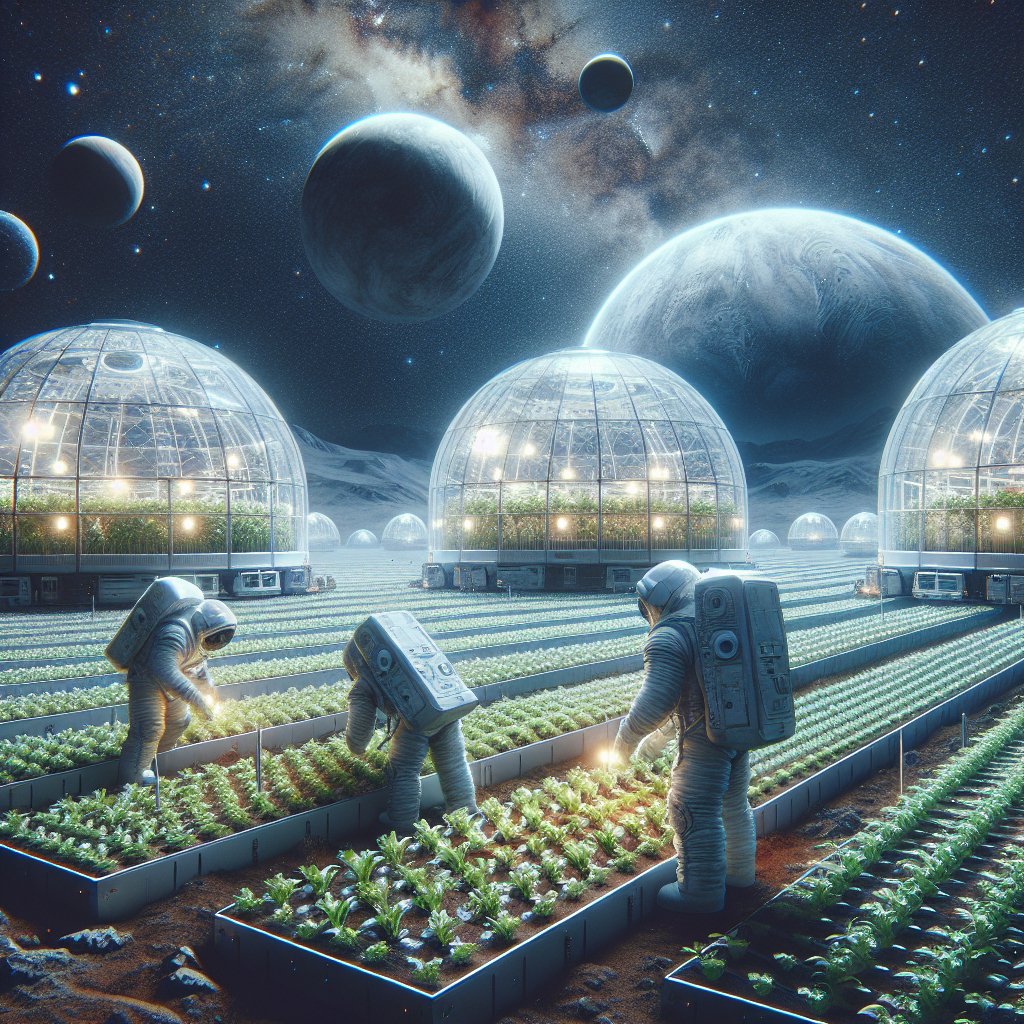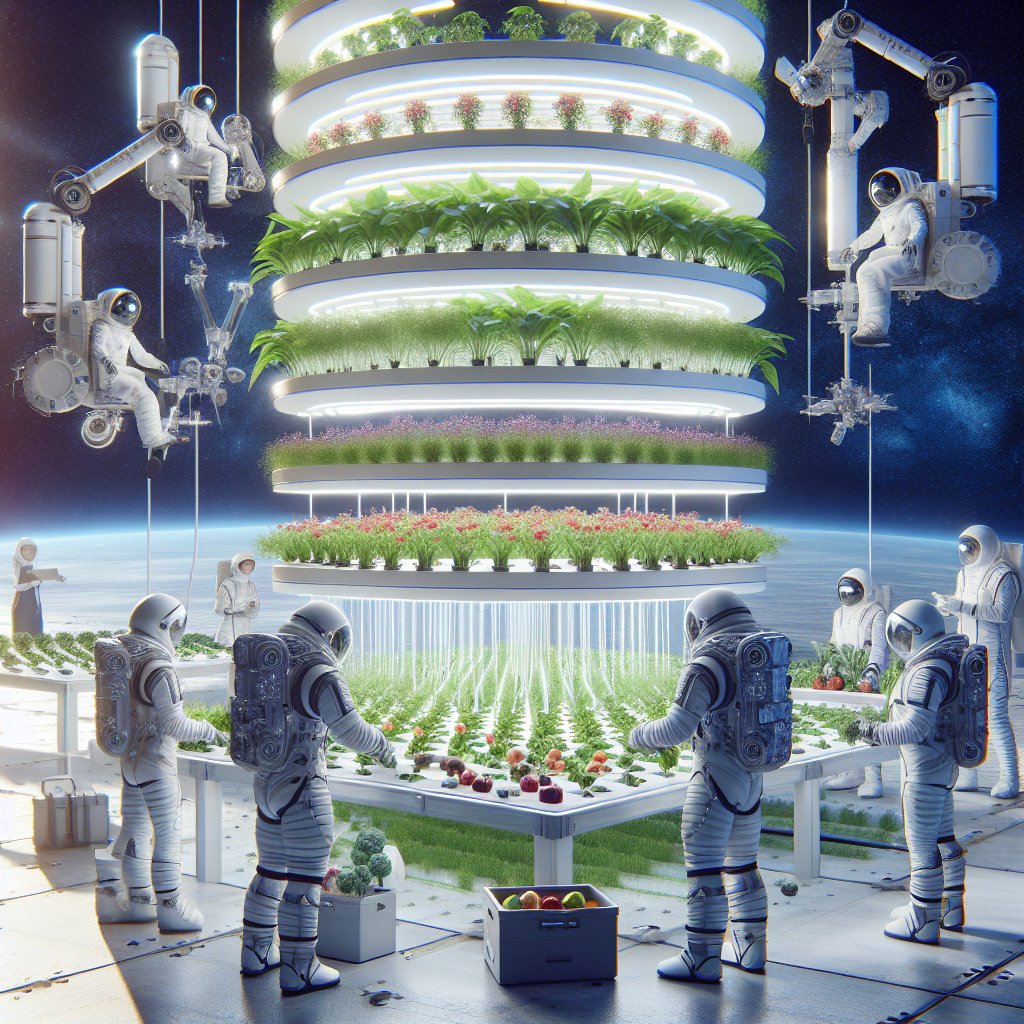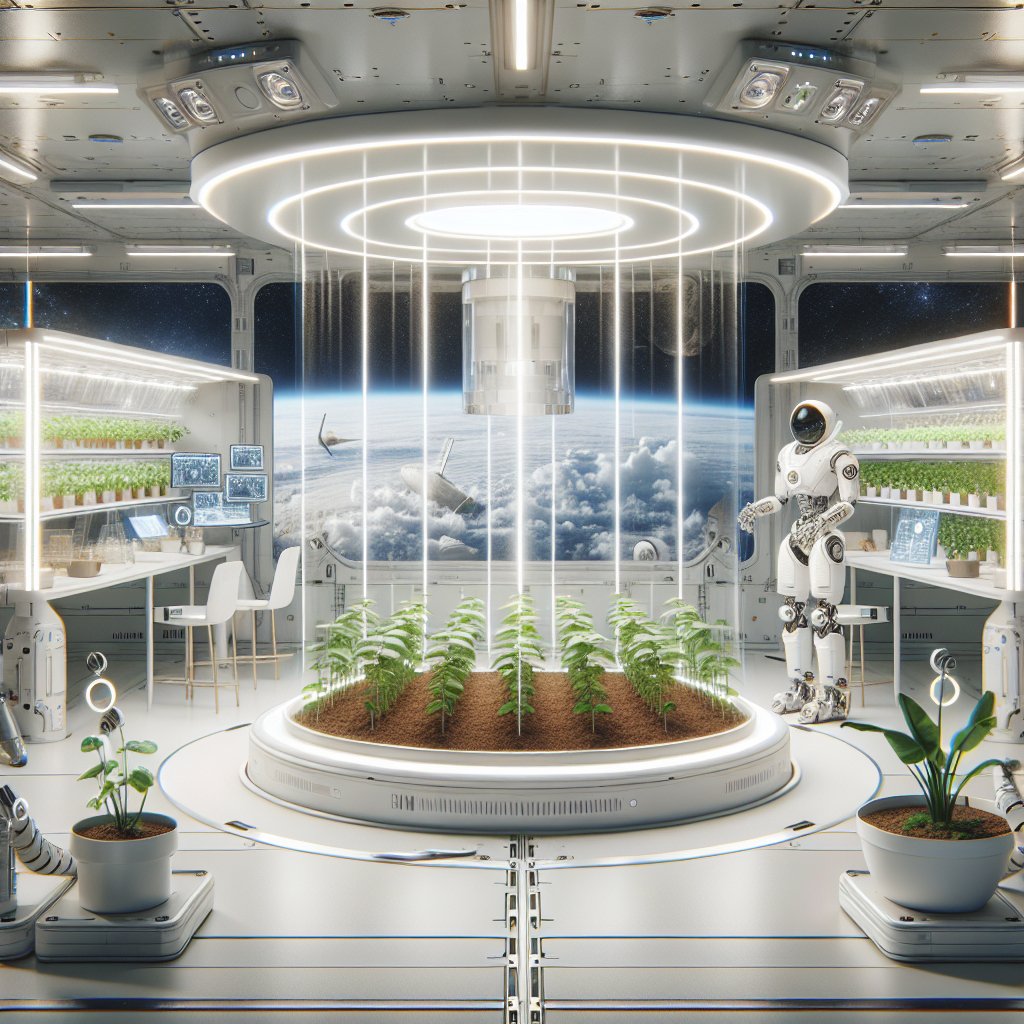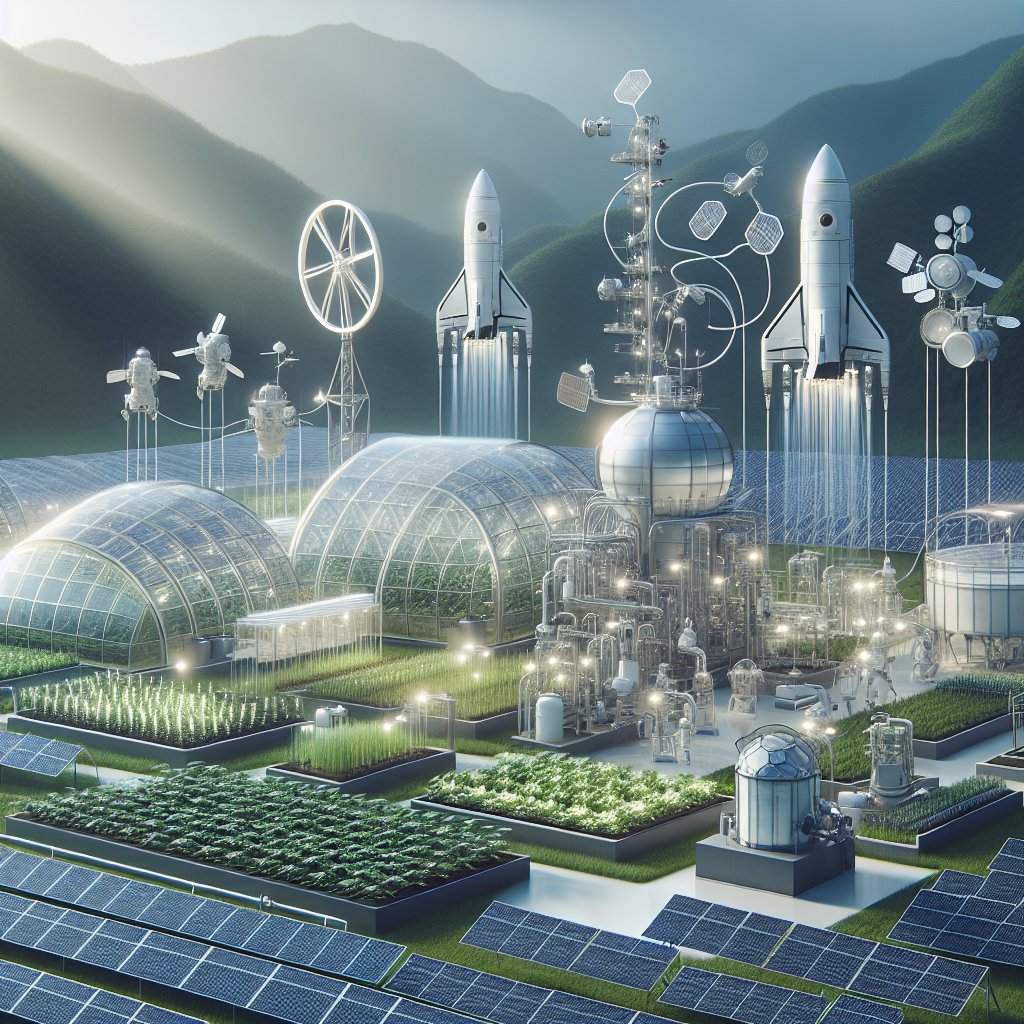How space farming can inspire sustainable practices on Earth is a topic that bridges the gap between two seemingly disparate fields: agriculture and space exploration. As humanity looks to the stars, the challenges of growing food in extraterrestrial environments have led to innovative techniques and technologies that could revolutionize farming practices back on our home planet. This article explores the principles of space farming, its potential applications on Earth, and the sustainable practices that can emerge from this unique intersection.
The Challenges of Space Farming
Farming in space presents a myriad of challenges that differ significantly from those encountered on Earth. The harsh conditions of outer space, including microgravity, radiation, and limited resources, necessitate the development of advanced agricultural techniques. Understanding these challenges is crucial for both space missions and the future of sustainable agriculture on Earth.
Microgravity and Plant Growth
One of the most significant challenges of space farming is the microgravity environment. On Earth, gravity plays a vital role in plant growth, influencing how roots and shoots develop. In microgravity, plants exhibit altered growth patterns, which can affect their overall health and yield. Research conducted on the International Space Station (ISS) has shown that plants can still grow in microgravity, but they require careful monitoring and adjustments to their growth conditions.
Radiation Exposure
Another challenge is the exposure to cosmic radiation, which can damage plant cells and affect their growth. To mitigate this, space farming initiatives are exploring the use of protective shielding and selecting radiation-resistant plant varieties. Understanding how to protect crops from radiation not only benefits space missions but also provides insights into developing more resilient crops on Earth, particularly in areas prone to extreme weather or environmental stressors.
Resource Management
In space, resources such as water, nutrients, and light are limited. Efficient resource management is essential for successful space farming. Hydroponics and aeroponics are two techniques that have gained popularity in space agriculture. These methods use minimal water and nutrients while maximizing plant growth. Implementing similar systems on Earth could lead to more sustainable farming practices, especially in regions facing water scarcity.
Innovative Techniques from Space Farming
The innovations developed for space farming have the potential to transform agricultural practices on Earth. By adopting these techniques, farmers can enhance productivity, reduce environmental impact, and promote sustainability.
Hydroponics and Aeroponics
Hydroponics involves growing plants in a nutrient-rich water solution, while aeroponics suspends plants in air and delivers nutrients through a mist. Both methods have been tested in space and have shown promising results. On Earth, these systems can be implemented in urban environments, where traditional farming is challenging due to space constraints. By utilizing vertical farming techniques, cities can produce fresh food locally, reducing transportation emissions and ensuring food security.
LED Lighting and Energy Efficiency
In space, where natural sunlight is limited, researchers have turned to LED lighting to provide the necessary light spectrum for plant growth. These energy-efficient lights can be tailored to the specific needs of different crops, optimizing growth while minimizing energy consumption. Implementing LED technology in terrestrial agriculture can lead to significant energy savings and increased crop yields, particularly in controlled environment agriculture (CEA) systems.
Closed-Loop Systems
Space farming relies on closed-loop systems that recycle water and nutrients to minimize waste. This concept can be applied to Earth-based agriculture, where farmers can implement practices that reduce runoff and conserve resources. Techniques such as composting, rainwater harvesting, and integrated pest management can create a more sustainable agricultural ecosystem, reducing the reliance on chemical fertilizers and pesticides.
Lessons from Space Farming for Earth Sustainability
The lessons learned from space farming extend beyond technological innovations; they also encompass a shift in mindset regarding our relationship with food production and the environment. As we face global challenges such as climate change, food insecurity, and resource depletion, the principles of space farming can inspire a more sustainable approach to agriculture on Earth.
Resilience and Adaptability
Space farming teaches us the importance of resilience and adaptability in the face of challenges. Just as astronauts must adapt their farming techniques to the unique conditions of space, farmers on Earth must be prepared to respond to changing climates and environmental conditions. This adaptability can be fostered through education, research, and the adoption of innovative practices that prioritize sustainability.
Collaboration and Knowledge Sharing
The collaborative nature of space missions highlights the value of knowledge sharing and interdisciplinary approaches. By bringing together experts from various fields, including agriculture, engineering, and environmental science, we can develop comprehensive solutions to the challenges facing our food systems. Encouraging collaboration between researchers, farmers, and policymakers can lead to the implementation of best practices that promote sustainability and resilience.
Public Engagement and Awareness
Finally, space farming can serve as a powerful tool for public engagement and awareness regarding sustainable agriculture. By showcasing the innovative techniques developed for space, we can inspire a new generation of farmers and consumers to prioritize sustainability in their choices. Educational programs, community gardens, and outreach initiatives can help raise awareness about the importance of sustainable practices and the role of agriculture in addressing global challenges.
Conclusion
How space farming can inspire sustainable practices on Earth is a testament to the ingenuity of human innovation. The challenges faced in growing food in space have led to the development of techniques and technologies that can significantly enhance agricultural practices on our planet. By embracing the lessons learned from space farming, we can work towards a more sustainable and resilient food system that benefits both people and the environment. As we continue to explore the cosmos, let us not forget the potential of these innovations to transform our relationship with food and agriculture here on Earth.
